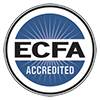Until recently, portraits of North Korea’s current leader, Kim Jong-un, had not been publicly displayed in the country. Last week, state media released a photo of Kim’s portrait hung on a building during his recent visit to the Central Cadres Training School of the ruling Workers’ Party, as well as a second photo showing portraits of the three generations of Kim’s placed side-by-side in a classroom.
Although it is unclear whether the setup will become standard across North Korea, placing Kim’s portrait next to his father and grandfather suggests the party’s intention to elevate his status to a level similar to that of the late leaders. Some even put forward that the current leader demands more respect than his late father did, as it only became mandatory to display Kim Jong-il's portrait after his death in 2011. Notably, this move came shortly after the country debuted its new song praising Kim as the nation’s “friendly father.” Meanwhile, Cheong Seong-chang, an analyst at the Sejong Institute in South Korea, associated this latest change with a possible shift in power, commenting that, “By hanging the portraits of all three – Kim Il-sung, Kim Jong-il and Kim Jong-un – I assess that North Korea is underscoring the need to extend the Paektu bloodline to justify another hereditary power transfer for Ju Ae (daughter).”
SIGNIFICANCE OF PORTRAITS
In North Korea, nearly all homes and public offices are required to display portraits of the DPRK’s founding “Great Leader,” Kim Il-sung, and its “Dear Leader,” Kim Jong-il. These portraits are central to the state’s cult of personality and have been instrumental in legitimizing the Kim family’s rule since the country’s foundation in 1948.
For decades, images of Kim Il-sung and Kim Jong-il have adorned homes, offices, schools, public transportation and many other places across the country, serving as a constant reminder of the Kim’s authority as they are “considered to be gods in (North Korea) … It’s almost equivalent to having the cross or the statues of Jesus at churches,” as described by Je Son-lee, a defector who fled the North in 2011.
REQUIREMENTS FOR PORTRAIT HANGING
Portraits must hang from a wall with no other decorations on it and in a prominent and central position in the room. They must also be hung high up so no one’s head can be higher than the portraits. As another defector, Jun Yoo-sung, described, “In short, the portraits of the Kims are considered to be the almighty you should respect more than anything else.” Moreover, citizens are required to clean the portraits at least every few days as one is subject to a fine if the portraits are found by the Workers’ Party to be dusty during inspection. Interestingly, the fine is discretionary – “the thicker the dust is, the more you have to pay.”
Due to the high standard of care required to look after these portraits, this task is often accompanied by fear. Unsurprisingly, this fear is instilled in every North Korean child from a young age. As Jun recalled, “The first thing I can remember my parents said about the portraits was: “You should take very good care of the portraits. You will get into big trouble if they fall off by mistake while you’re trying to hang them on the wall”.” As the leaders’ portraits play such a big part in North Koreans’ daily lives, for example, children are taught to praise the portraits from as soon as they were able to talk, many even grow up believing that the omni-present portraits could watch their every move.
The duty to safeguard and preserve the leaders’ portraits extends to protecting them with one’s own life. In 2012, a 14-year-old schoolgirl was awarded a posthumous award after she drowned in a flood as she tried to retrieve the portraits from her home. According to state media, her parents and schoolteachers also received awards for nurturing “such children” who are loyal to the regime. This heroic incident even set precedent and became widely used for state propaganda, with the authorities proclaiming that “Even such a small child died while protecting the portraits, grown-ups should learn a lesson from this.”
Romans 1:22-23 says “Claiming to be wise, they became fools, and exchanged the glory of the immortal God for images resembling mortal man and birds and animals and creeping things.” Our continued prayer is that the northern area of the Korean Peninsula, once called the “Jerusalem of the East,” would once again be filled with worship of the one true king.


